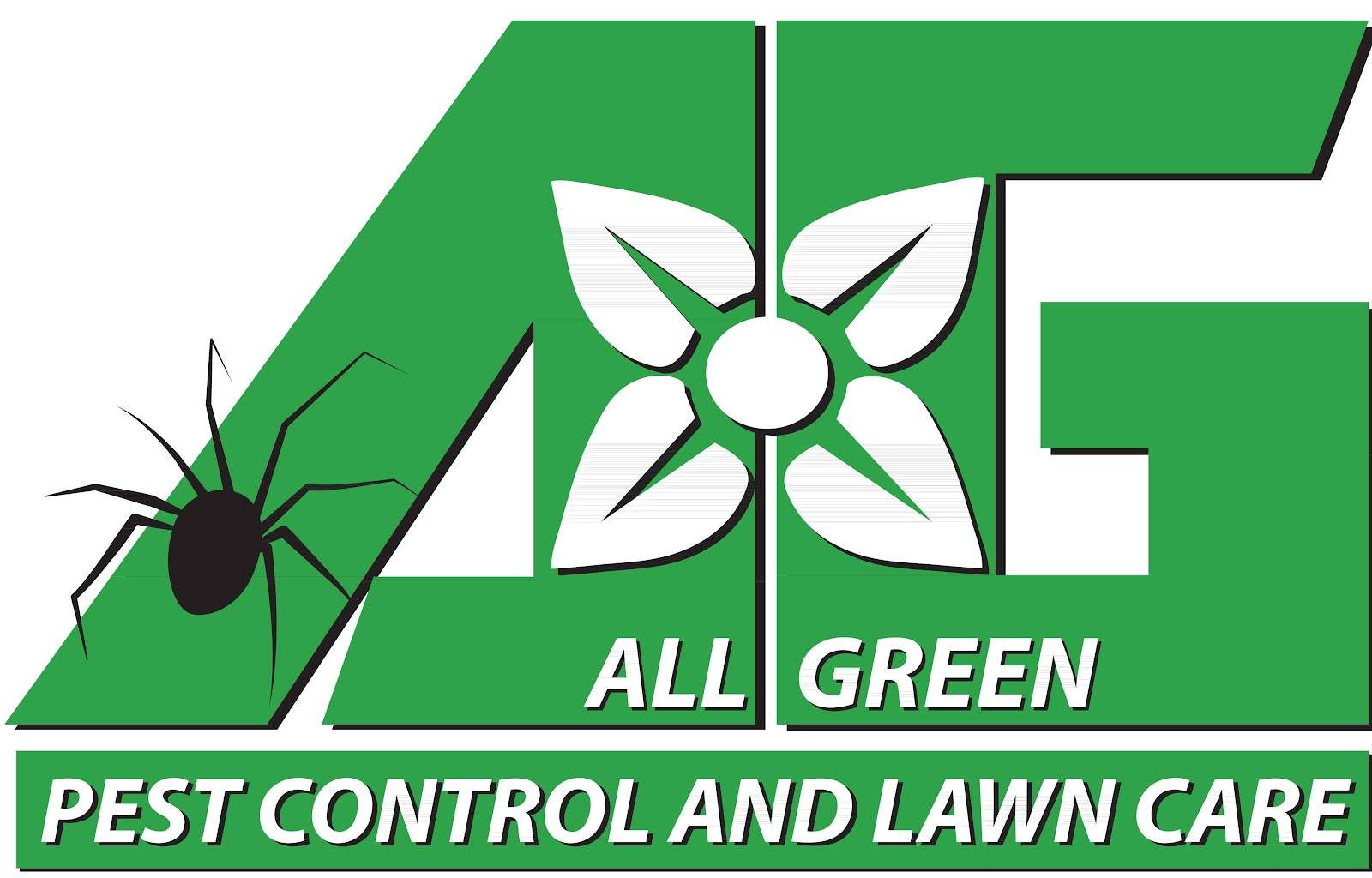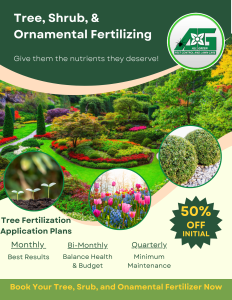The Importance of Tree Fertilization, Shrub and Ornamental Care, Fungus, and Pest Treatments
Maintaining the health and beauty of your landscape requires regular care and attention. Trees, shrubs, and ornamental plants often face environmental stresses, pests, and diseases that can compromise their vitality. Implementing a proper fertilization regimen, along with fungus and pest treatments, ensures your landscape remains lush and vibrant.
Why Tree and Shrub Fertilizing Matters
Tree and shrub fertilizing is essential to provide the necessary nutrients that support healthy growth, vibrant foliage, and resistance to diseases and pests.
Nutrient Deficiencies
Soil can lack essential nutrients like nitrogen, phosphorus, and potassium. Fertilization replenishes these nutrients, promoting root development and overall plant health.
Seasonal Growth Support
Spring and fall are typically the best times to fertilize trees and shrubs. A balanced slow-release fertilizer helps sustain steady growth throughout the growing season.
Increased Pest and Disease Resistance
Healthy plants are naturally more resilient. Fertilized trees and shrubs are better equipped to ward off pests and recover from diseases.
Learn more about proper tree and shrub fertilization: Arbor Day Foundation
Tree Spraying for Pest and Disease Control
Tree spraying is a critical component of plant care. It involves applying pesticides, fungicides, or nutrient sprays to protect against pests and diseases.
Common Tree Pests
- Aphids: Sap-sucking insects that can cause leaf curling and yellowing.
- Scale Insects: Often appear as bumps on branches, feeding on sap and weakening trees.
- Bagworms: Construct protective silk bags on branches, defoliating trees.
Regular tree spraying can manage these pests and prevent large-scale damage.
Fungicide Applications
Fungal diseases like powdery mildew, anthracnose, and rust are common threats to trees and shrubs. Preventative fungicide applications protect against infections and stop fungal spores from spreading.
Explore effective tree spraying techniques: University of Minnesota Extension
Preventing and Treating Tree and Shrub Fungus
Fungal diseases can devastate trees and shrubs, leading to foliage damage, branch dieback, and even death. Understanding early symptoms and applying the right treatments is crucial.
Common Fungal Diseases
- Powdery Mildew: Appears as a white, powdery coating on leaves, often in humid conditions.
- Anthracnose: Causes dark lesions on leaves and stems, commonly affecting dogwoods and sycamores.
- Root Rot: Affects trees in poorly drained soils, leading to yellowing leaves and wilting.
Treatment and Prevention
- Fungicide Sprays: Preventative applications in early spring can minimize infection risks.
- Pruning and Sanitation: Remove affected branches and dispose of infected leaves to prevent further spread.
- Improved Drainage: Ensure proper soil drainage to avoid root rot.
Learn more about managing tree fungus: Penn State Extension
Comprehensive Shrub and Ornamental Care
Shrubs and ornamental plants add visual interest and structure to landscapes. They require specific care to thrive, especially regarding pest management, fertilization, and disease prevention.
Fertilizing Shrubs and Ornamentals
Use a balanced fertilizer with micronutrients like iron and magnesium for optimal health. Slow-release fertilizers are particularly effective for ornamental plants, promoting steady growth without overfeeding.
Pest Control for Shrubs and Ornamentals
Common pests like spider mites, lace bugs, and whiteflies can damage shrubs. Regular inspections and early treatment using horticultural oils or insecticidal soaps can prevent severe damage.
Disease Management
Proper spacing, mulching, and avoiding overhead watering reduce the likelihood of fungal diseases. Select disease-resistant plant varieties whenever possible.
Get additional care tips for shrubs and ornamentals: Missouri Botanical Garden
Final Thoughts on Tree and Shrub Care
Consistent care through fertilization, pest management, and disease control is essential for the longevity and beauty of your landscape. Partnering with a professional arborist or landscape service can provide expert insight and ensure your trees and shrubs remain healthy year-round.
Investing time and resources into proactive tree and shrub care will pay off with a flourishing, resilient landscape that enhances your outdoor environment.
For further information and personalized care recommendations, consult with certified arborists or local extension services.
And how about your lawn; should you apply pre-emergent in the spring or spring for seeding? Check out our post that compares and contrasts the benefits of one or the other!

